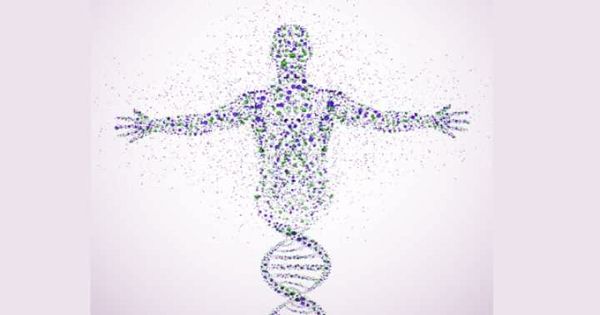The exact mechanism by which this is possible is unclear, but it is something that was observed in a group of reptiles known as skinks, which at different times turned into four-limbed, snake-like bodies before returning to the quadrangle again. Backtracking in an adaptation is known as the evolutionary reverse and is the process by which lost structures can return to a species over time.
As a rule of thumb, in evolution, when you lose an organ, it does not return. There are several instances in the animal kingdom where an arm or leg has become bare and the species no longer allows them to grow, in which we still see evidence preserved today, such as the early limb skeletons of modern whales. But one species is proving that no organ decay will last forever, as new research published in the Royal Society B Processing Journal has investigated the mysterious reversible organs of the skin.
The researchers dumped the charges over the track and dumped them into a hole, which they later reviewed in the lab from the footage. To find out how this happened, a team of researchers collected body form and locomotion data for four-legged dermatitis from snake-like. How they did it, I’m asking you. Complete with high-speed cameras by setting up a small race track. They then tested 147 skins of 13 different species captured from the wild. Some of their candidates were brazen, some were teenagers and others were packing four loud and proud legs and feet.
The discovery shows that evolution can be reversed with the right environmental pressures under the right conditions, even in extreme cases such as redistribution of an arm and a leg. Analysis of palaeoclimatological data supports this notion, as they have observed that there is a link between climate change and organ damage. When their habitats became dry, the limbs were less important and were lost, but if it grew damp, some species extended their limbs.
Wet, packed dirt used in the competition had a particular role to play in the excavation of organs, which suggested that the importance of organs could be affected by climate. After studying the footage, the researchers concluded that the skins of the limbs were able to grow faster and better than their legal parts.
Just as the first drop of rain splashes its head spontaneously with a satisfying * pop * like the head of a snake, the evolutionary catastrophe takes as many generations before it hints at the return organs. It is important to remember that these changes did not happen suddenly. No one can dream, though.
















